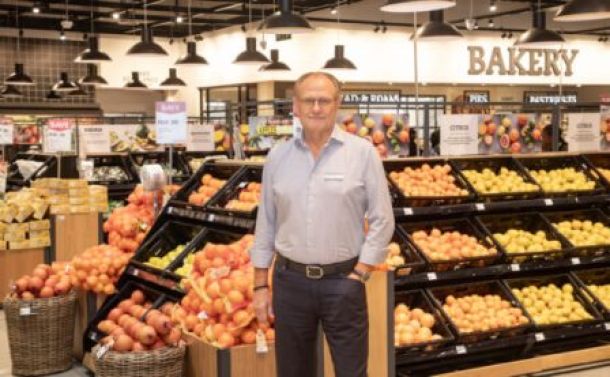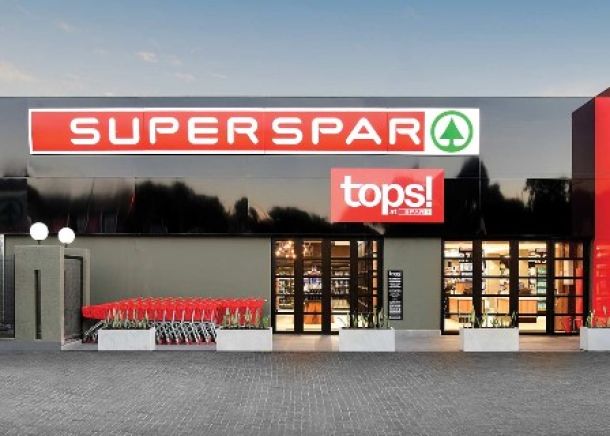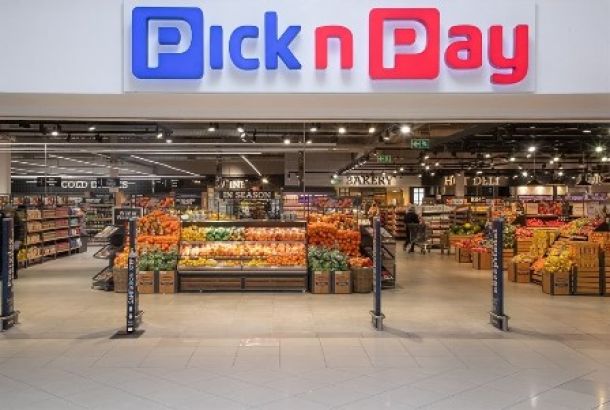Woolworths' nightmare in Australia
The retailer still seems to be an investment to hang on to, despite the slower growth markets it is trading in
It is just over a year since overdone investor enthusiasm drove Woolworths’ share price to a record high. The subsequent one-third fall in the retailer’s stock and a halving of its p:e are now starting to smack of bearishness.
Woolworths’ operations (in SA and Australia) have their challenges, as shown by a 2.4% fall in adjusted headline EPS (HEPS) in the 26 weeks to December 25. But they are being addressed by strategies that look to build on the group’s strengths as an apparel retailer with annual sales of more than R41bn and as a leader in upmarket food retail.
Arguably Woolworths’ toughest challenge is its Australian fashion retailer, Country Road Group (CRG).
Signs of big problems first appeared in Woolworths’ year to June 26, when CRG limped in with its pretax profit down 2.2% in rand and a far more disturbing 12.6% drop in Australian dollars. The rot continued in the latest interim reporting period, with CRG’s pretax profit in Australian dollars sliding another 16.7%.
Adjusted sales fell 0.9% in a sector in which sales grew by about 5%.
CRG’s results indicate serious top-management shortcomings. Supporting this, CRG CEO Matt Keogh resigned suddenly in September after just two years in the position.
Keogh’s departure apparently came as no surprise to Woolworths. His resignation and the appointment of Scott Fyfe as his successor were announced on the same day.
Fyfe took office in January, bringing with him 20 years of experience at Marks & Spencer (M&S), where positions he held included director of menswear and kidswear, and womenswear merchandising director.
“He is a merchandiser who knows the products the business needs,” enthuses Woolworths group CEO Ian Moir. “He is a man with huge energy.”
Work on the repair of CRG is already under way. “A lot of effort is being put into understanding customers better and improving speed to market,” says Moir.
Evan Walker of 36One Asset Management says: “Woolworths is doing the right things. Country Road is a great brand and can be fixed.”
Fyfe joins another former M&S executive, John Dixon, who has headed up Woolworths’ other big Australian work in progress, David Jones (DJs), since January 2016.
DJs, operating in the tough department store segment, is acquitting itself well. It has lifted adjusted sales in the latest reporting period 4% in Australian dollars, in a sector where sales fell by about 3%.
Reflecting DJs’ significance to Woolworths, its R1.08bn pretax profit in the latest reporting period represented one-third of group pretax profit. It put DJs just shy of the group’s largest contributor, SA apparel, which turned in a R1.19bn pretax profit.
DJs has the makings of the group’s biggest profit centre, but glaring gaps in its capabilities have to be addressed. Work on a customer relationship management system is under way. Another big issue facing DJs is its supply chain which, it concedes, “lacks flexibility”.
“We needed real firepower in DJs,” says Moir. “We now have it in Dixon.”
Also crucial to DJs’ growth potential is its imminent entry into Australia’s upmarket food sector, in a move set to cost A$100m in the three years to 2018.
Walker has his reservations. DJs, he argues, will face stiff competition from the large number of independent upmarket food store operators that have won the loyalty of Australians.
Moir is unfazed.
“No-one in Australia is doing upmarket food retail on a big scale,” he says. “We intend becoming the destination of choice for foodies.”
Moir has every confidence that, in Dixon, Woolworths has the right man to drive its ambitions in Australia’s A$100bn annual sales food market
“He comes from a food background,” says Moir. “We could not have a better person.”
As the former executive director of M&S’s £5bn annual sales food business, Dixon’s credentials are undeniably impressive. Prior to joining Woolworths he had been M&S’s overall head of retail since July 2012.
Woolworths is also resting heavily on management expertise to steer its SA home-base operations through one of its toughest periods.
Moir believes Woolworths is meeting the challenge with success in a retail market characterised by aggressive price discounting.
It has taken its toll, not least on Woolworths’ apparel division. In the latest reporting period sales lifted 3.5% but pretax profit fell 4.8%. It was an abrupt turnaround from the past financial year, in which apparel sales and pretax profit both rose by 10%.
“SA’s clothing sector is a bit cut-throat,” says Moir. “It will continue to be a tough, promotional-driven market to trade in.”
He is satisfied that the SA apparel division is performing well under the circumstances. “We continue to gain market share,” he says. “Our pricing is very competitive.”
BUSINESS DAY TV: WOOLWORTHS IS ‘DOING RIGHT BY OUR CUSTOMERS’
WOOLWORTHS CONFIRMS MORE LOCAL SOURCING
In terms of internal inflation passed on to customers, Moir makes a strong point. Woolworths held its average year-on-year price rise to 7.3% in its latest reporting period.
It was a level equalled by The Foschini Group in its six months to September, but far exceeded by Mr Price’s 10.5% price rise in the 13 weeks to December 31 and Truworths’ 15.5% price hike in the 26 weeks to December 27.
Woolworths is not sitting back and waiting for conditions to improve. It is looking to gain a far bigger slice of the beauty market.
“We only have a 3% share of the SA beauty sector,” says Moir.
“We will make it a very big and very profitable business.”
Woolworths will, he says, primarily be taking on Edgars.
Moir is also satisfied that Woolworths’ food division, which upped sales 9.5% and pretax profit 7.5% in the latest reporting period, is more than holding its own.
“We continue to gain market share as we have done consistently over the past five years,” he says.
Woolworths appears likely to hold HEPS flat in its year to June, with some uplift probable the following year.
Trading on a deflated 15.8 p:e and, more importantly, a solid 5.4% dividend yield, it is a share that should be on serious investors’ radar screens.
News Category
- International retailers
- On the move
- Awards and achievements
- Legislation
- Wine and liquor
- Africa
- Going green
- Supplier news
- Research tools
- Retailer trading results
- Supply chain
- Innovation and technology
- Economic factors
- Crime and security
- Store Openings
- Marketing and Promotions
- Social Responsibility
- Brand Press Office
Related Articles

Pick n Pay plunges 16% on JSE as stock adjusts ...

SPAR suffering from a hangover

Pain for Pick n Pay

Pick n Pay disaster


